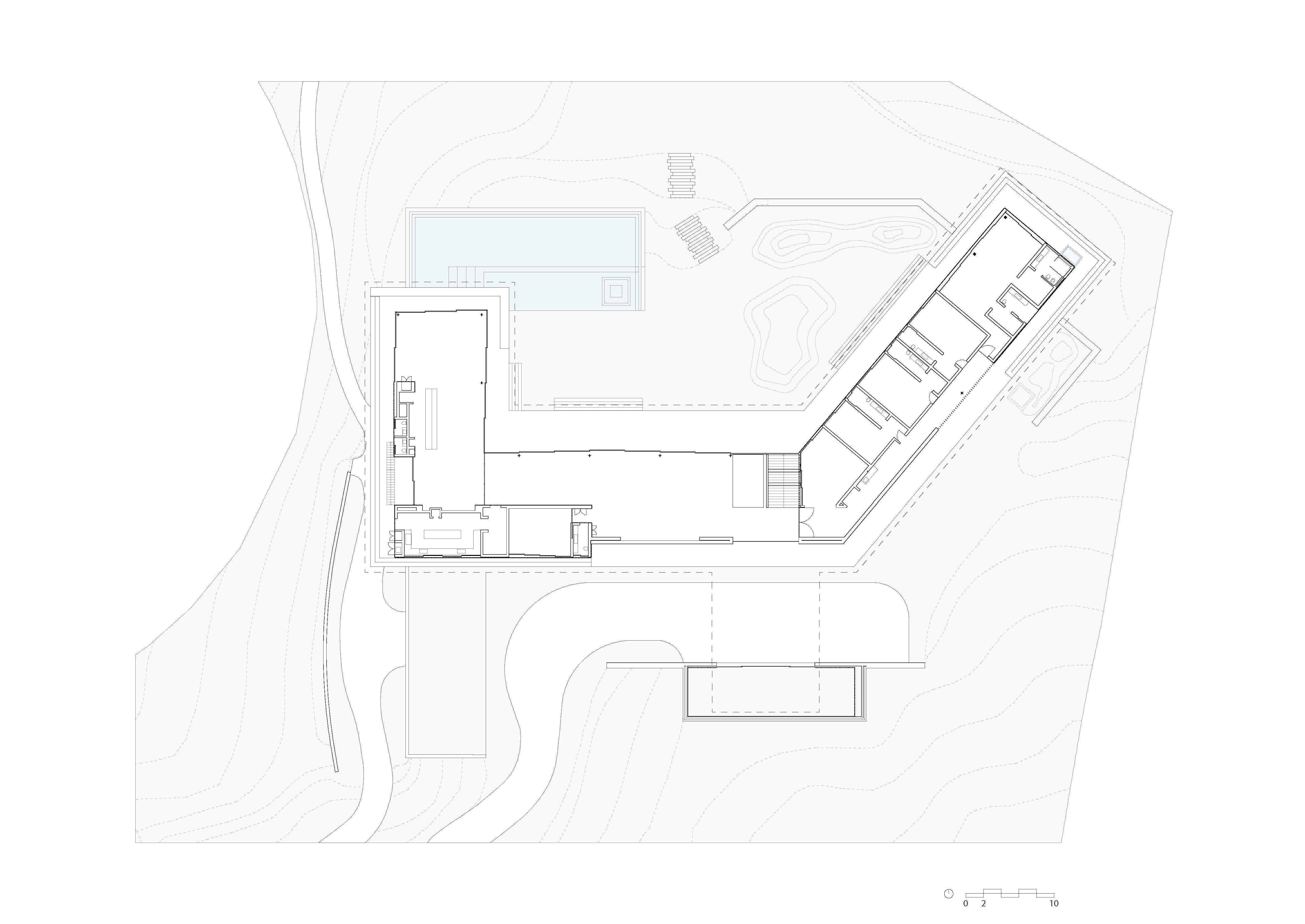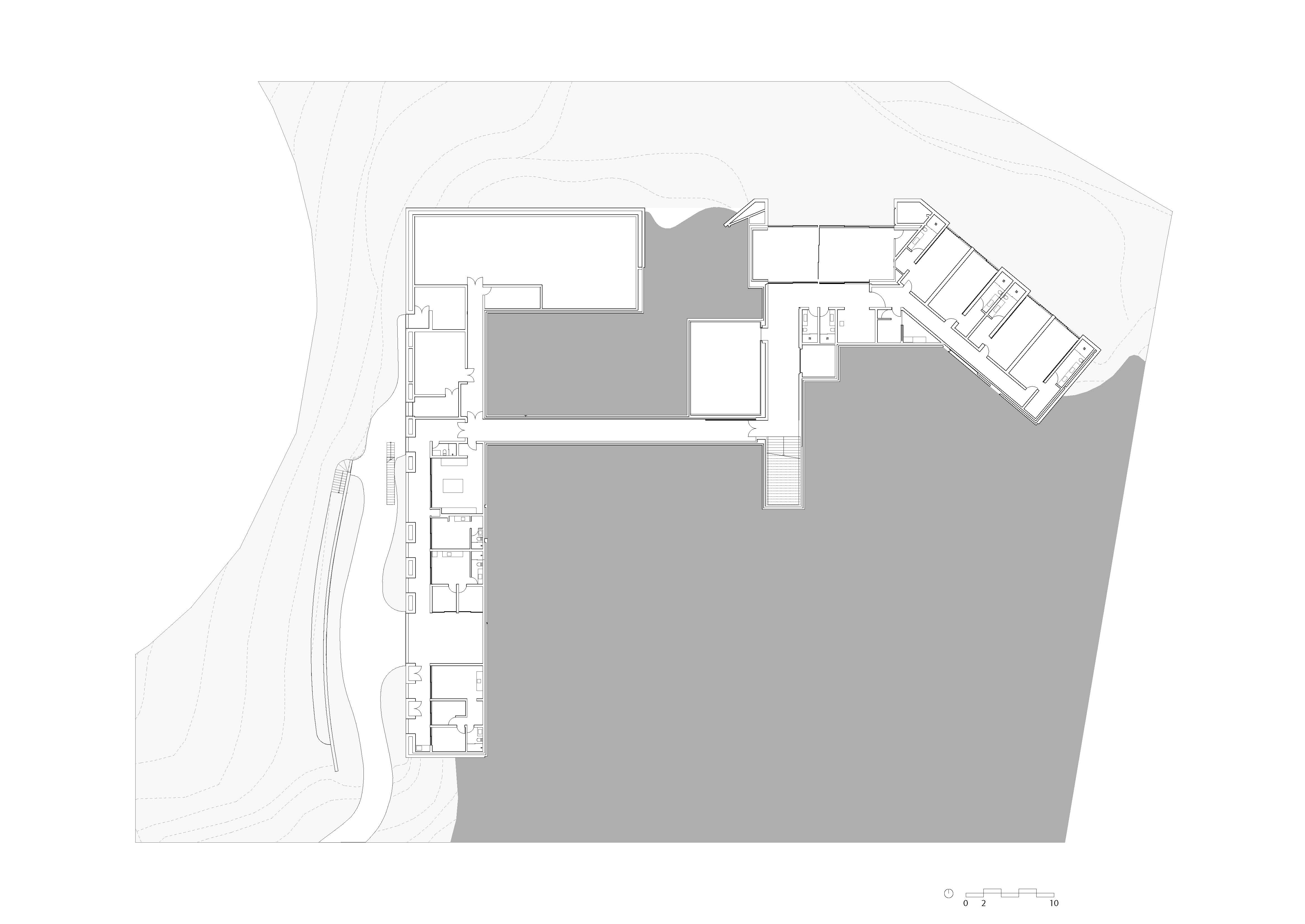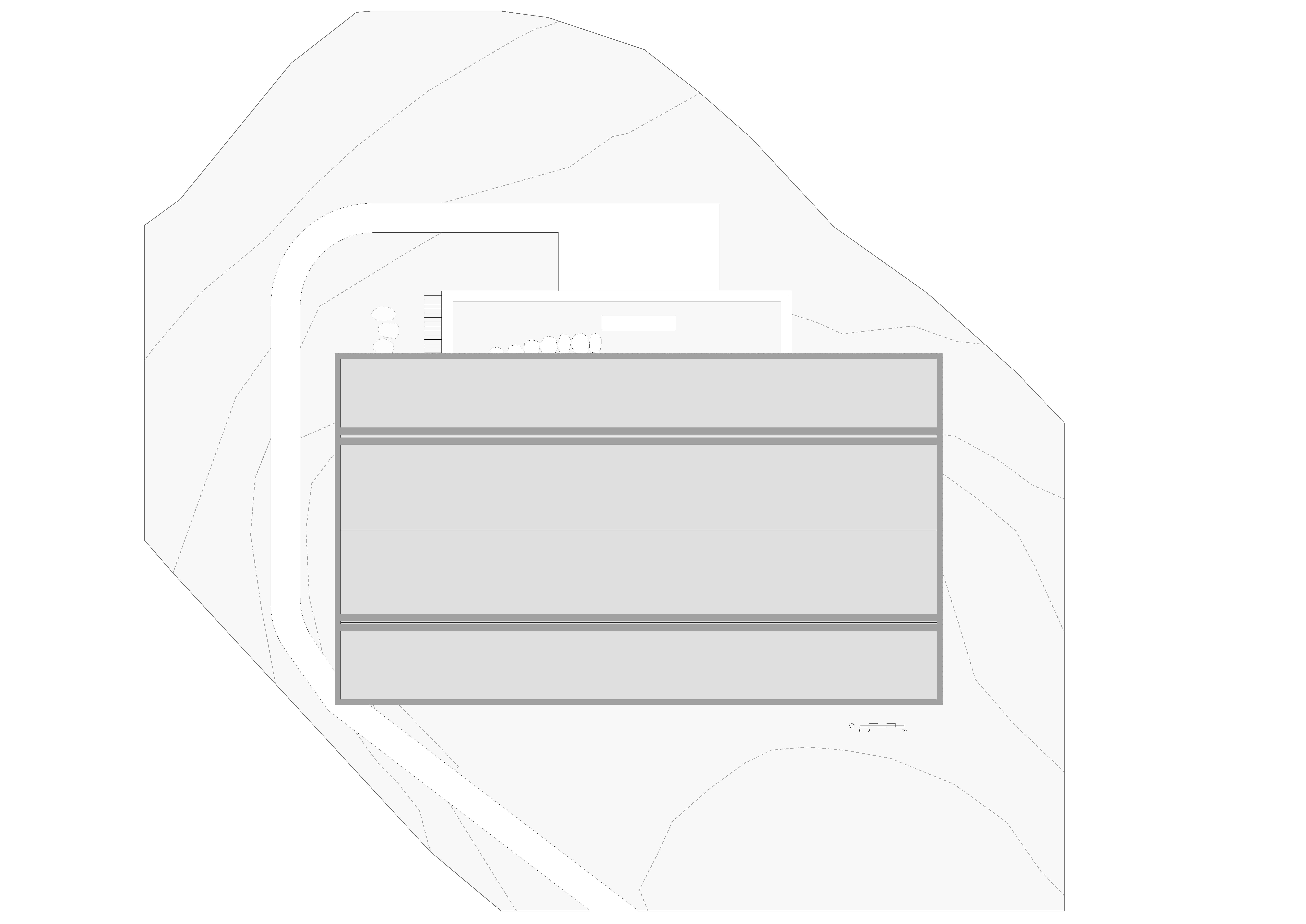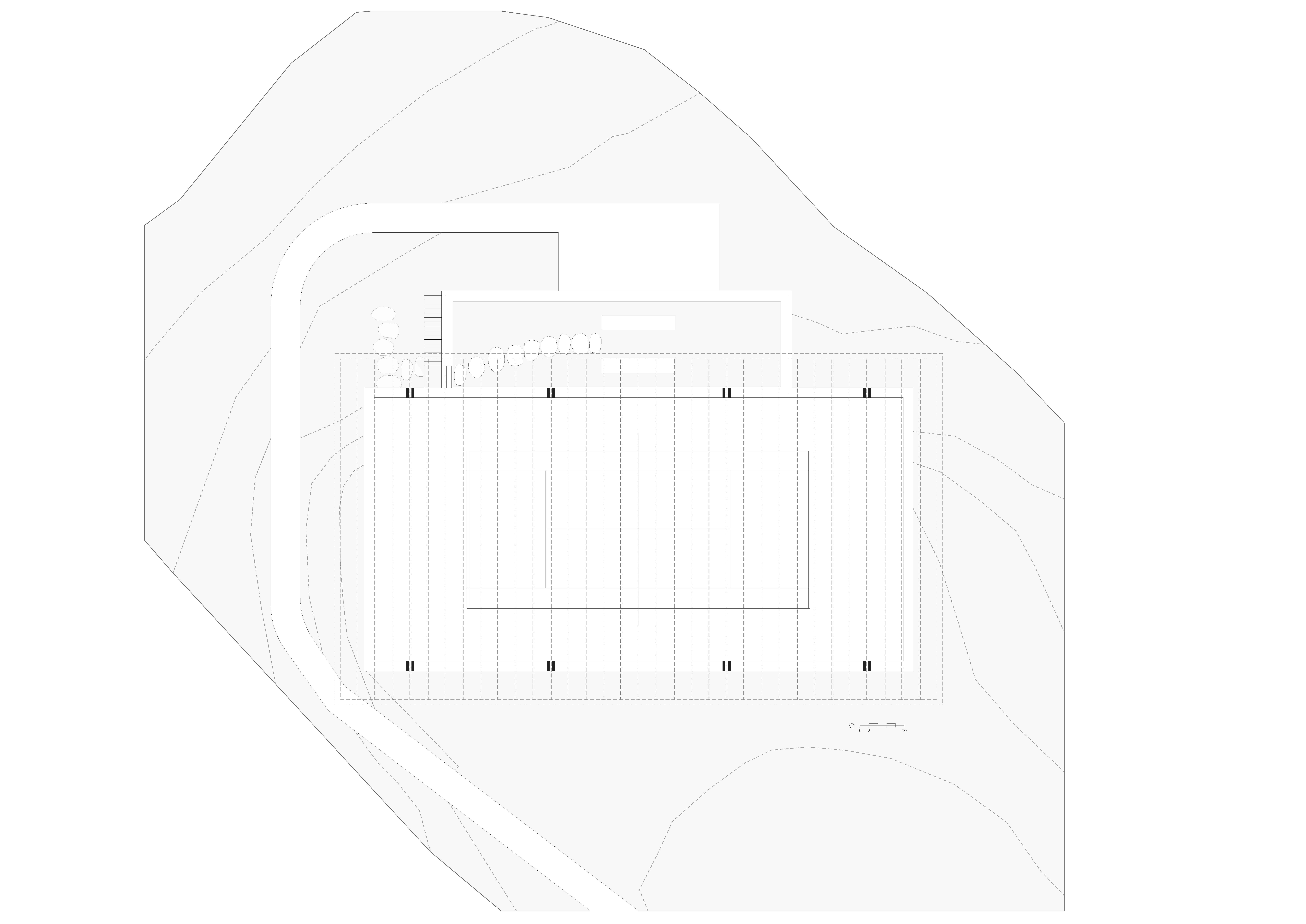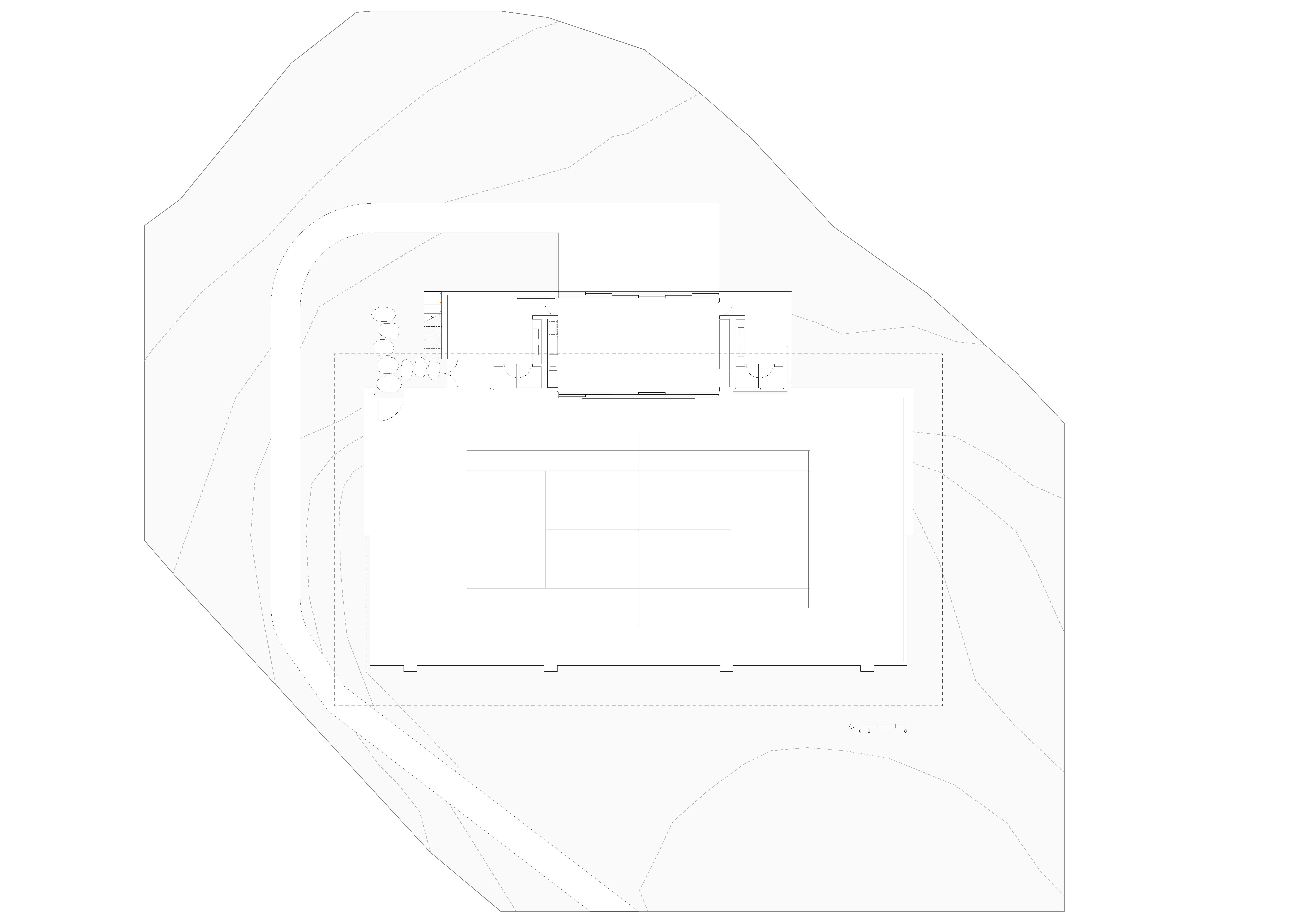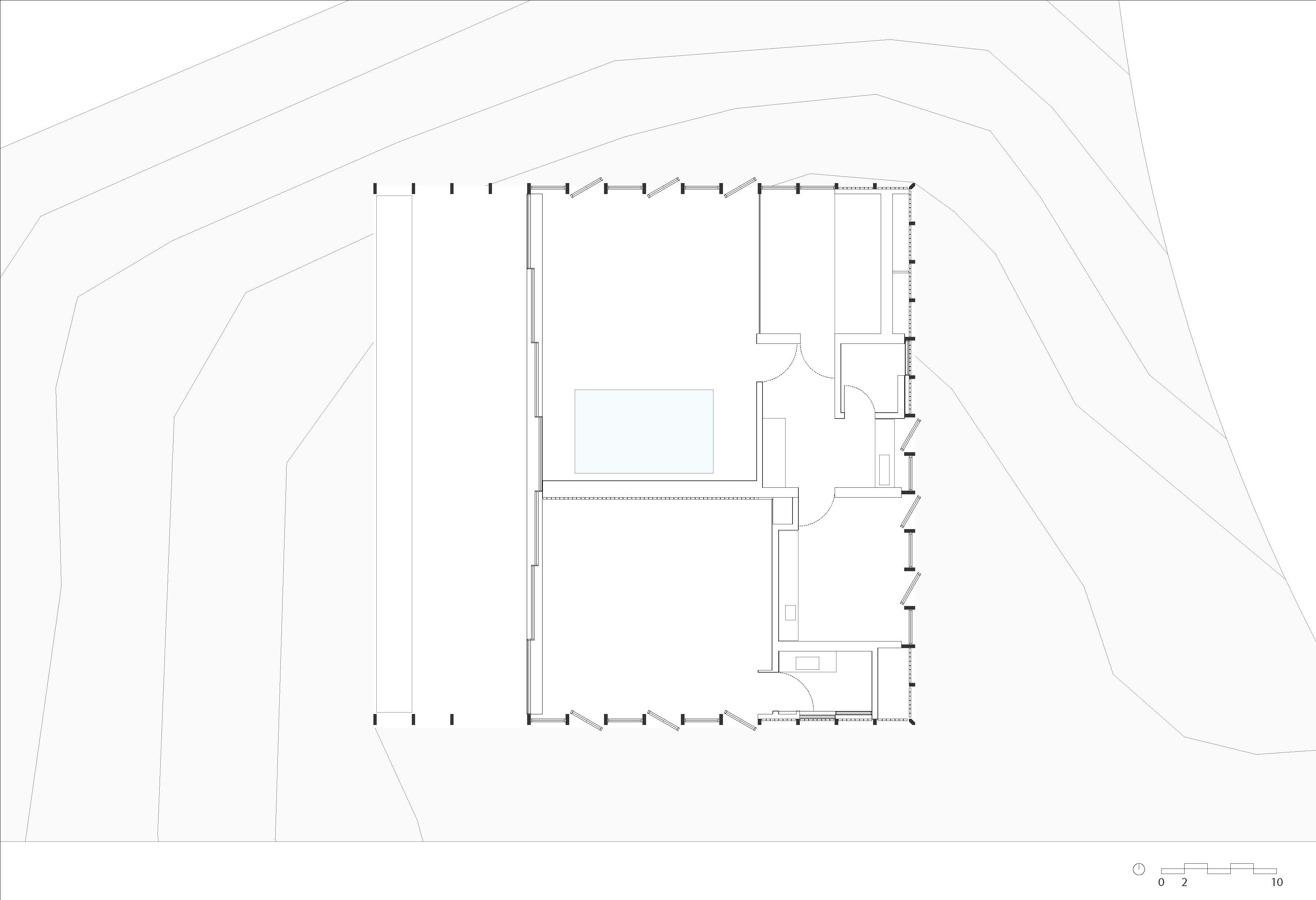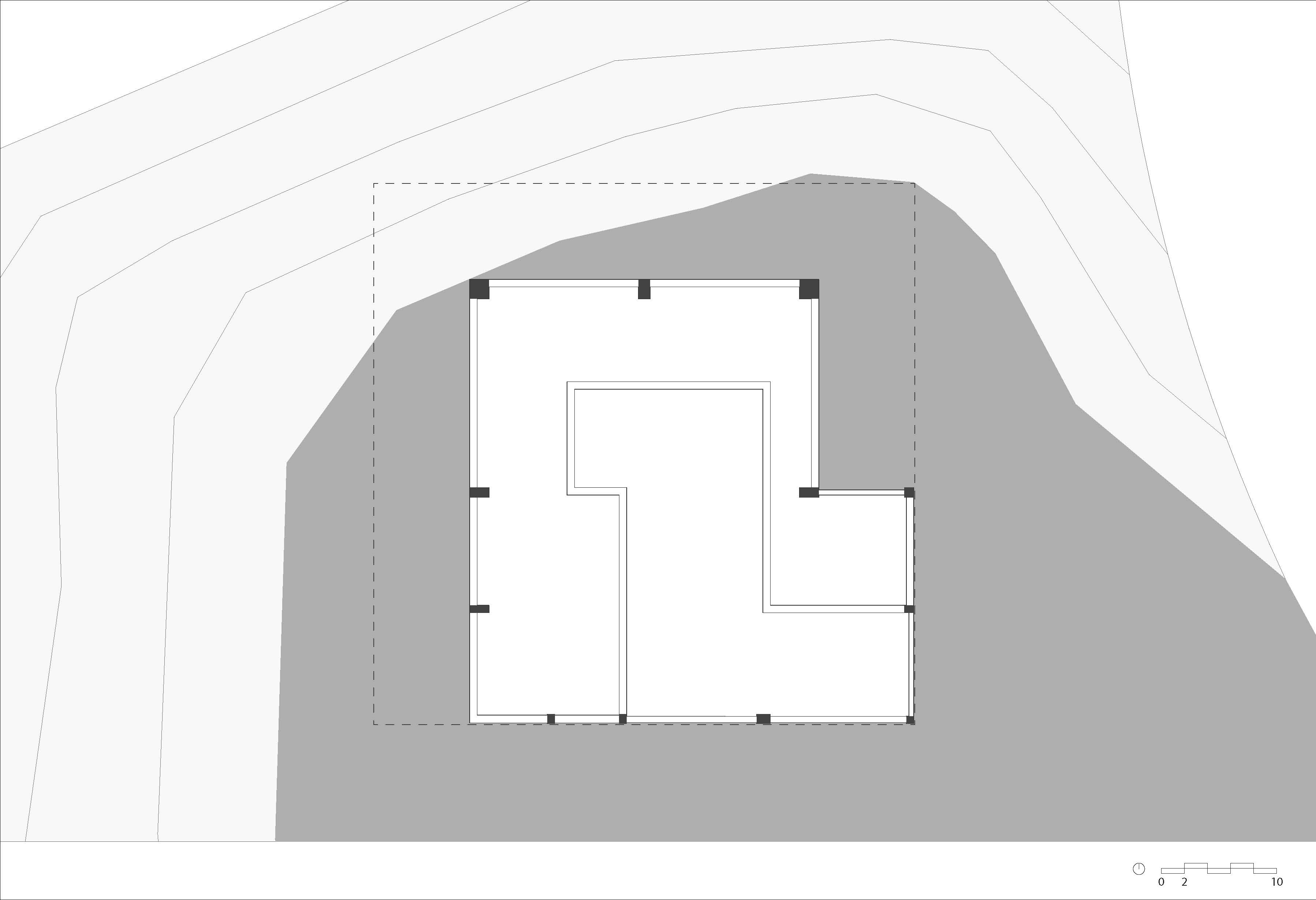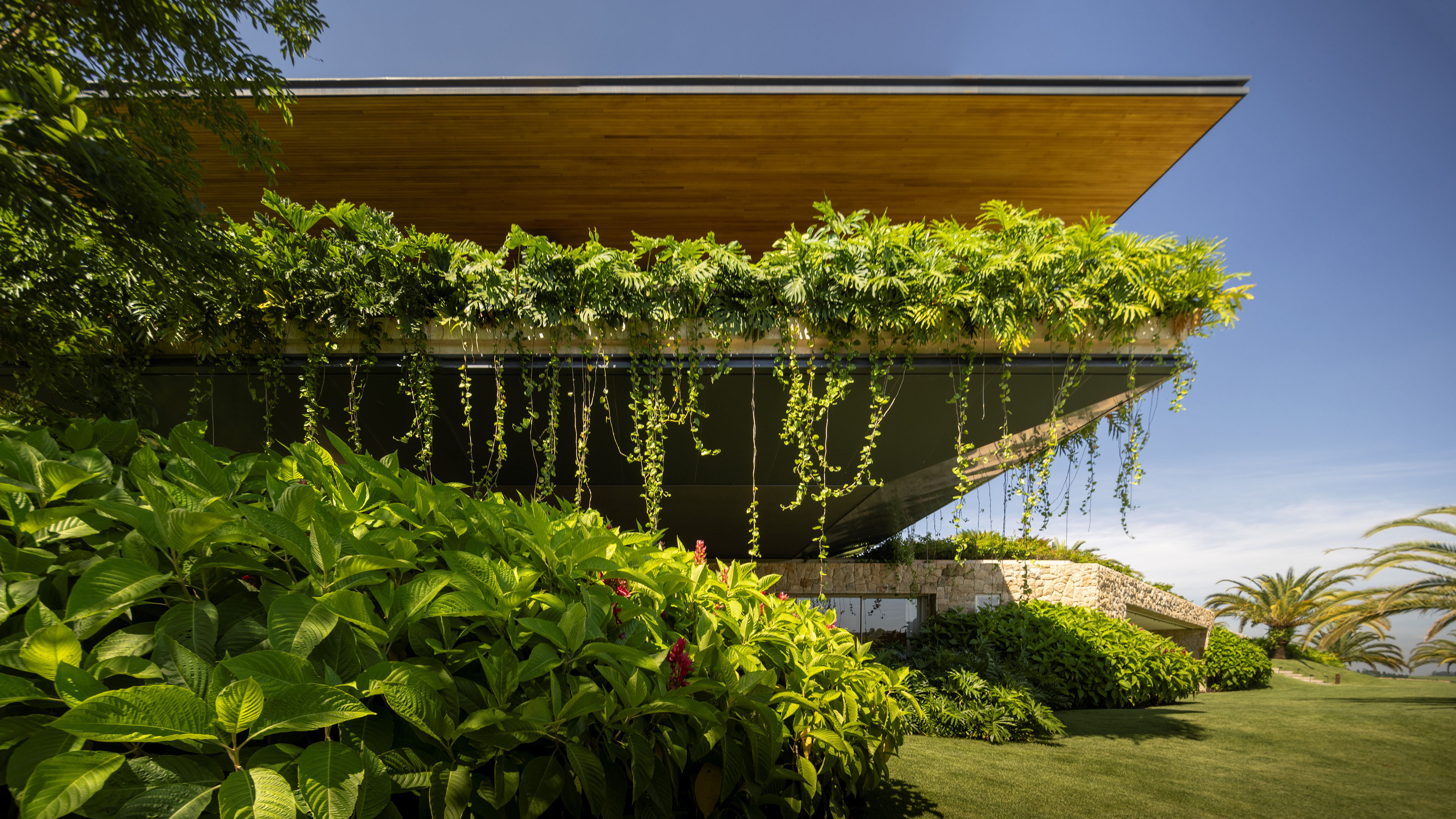
RDJ House
Porto Feliz, São Paulo

FACTS
- Area
- 17.090,88 m²
- Built area
- 3.827,00 m²
- Conclusion
- 2023
PROJETO
- Architecture
- Jacobsen Arquitetura
- Architecture Team
- Paulo Jacobsen, Bernardo Jacobsen, Edgar Murata, Marcelo Vessoni, Fernanda Maeda, Marcela Siniauskas, Gustavo Ramos, Alan Cruciti, Pedro Junqueira, Maíra Martins, Juliana Dalkimin, Pedro Felix, Otavio Augusto
- Interior Design
- Jacobsen Arquitetura
- Interior Design Team
- Paulo Jacobsen, Bernardo Jacobsen, Edgar Murata, Marcelo Vessoni, Marcela Guerreiro, Marcela Penteado, Décio Araújo, Luiz Santini, Luana Bueno, Breno Pinheiro, Manuela Porto
- Lighting Design
- Maneco Quinderé
- Structure
- Leão e Associados, Ita Construtora
- Photos
- Fernando Guerra
Located on a descending slope, amidst a forest reserve, the RDJ House project sought to mimic the topography in which it is located. Our goal was to create a house that, at first glance, seemed one-story, but that would slowly unfold through its descending route.

The main house program is distributed on two levels. On the ground floor is located the social area, comprising living, dining and gourmet spaces. Travertine floors and natural wood lining cover the entire area, with large glass panels opening to the lawn and the surrounding nature, blurring the limits between the inside and the outside.



A swimming pool, over which the house appears to float, functions as an extension of the garden.


On the other side, in a slightly angled volume, is the intimate area, where the family bedrooms are located. Grayish wooden panels cover the façade. The change of orientation in this volume resulted in a large cantilever, where the couple’s suite is located. Big planters on the floor extensions, aligned with the eaves’ limits, open up to the surroundings, with a 180º view.


Down the stairs to the lower floor, a movie theater, gym, guest rooms and laundry area are located.


Rather than architectural, the basement assumes a more tectonic aspect, with stones and small openings on the façade, in contrast to the glass panels on the ground floor.
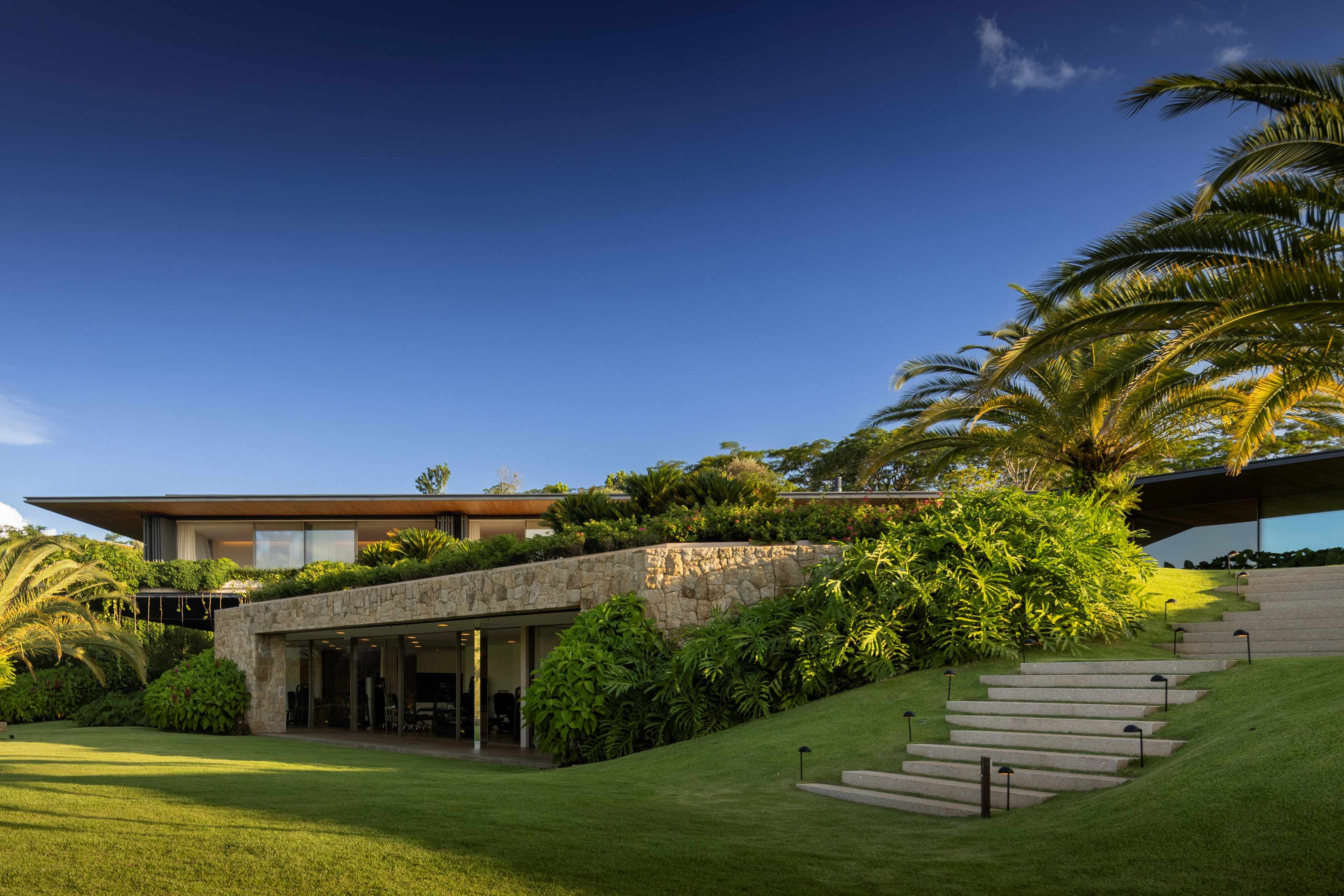
Leaving the main residence, a winding path downhill takes us to a new volume, where an office and a spa are located. Its structure, just like the house above, is metallic.

Continuing down the path, a large covered tennis court reveals itself amidst the landscape. From afar, its scale is already impressive.

It is four and a half meters high with large laminated wood porticoes supporting its enormous roof, designed for maximum thermal comfort and protection against the elements.

But it is upon entering the space that you realize that, in addition to the height seen from the outside, the court is also buried to the same extent, held by exposed concrete walls. It is nine meters high in total, creating a unique spatiality and experience.



